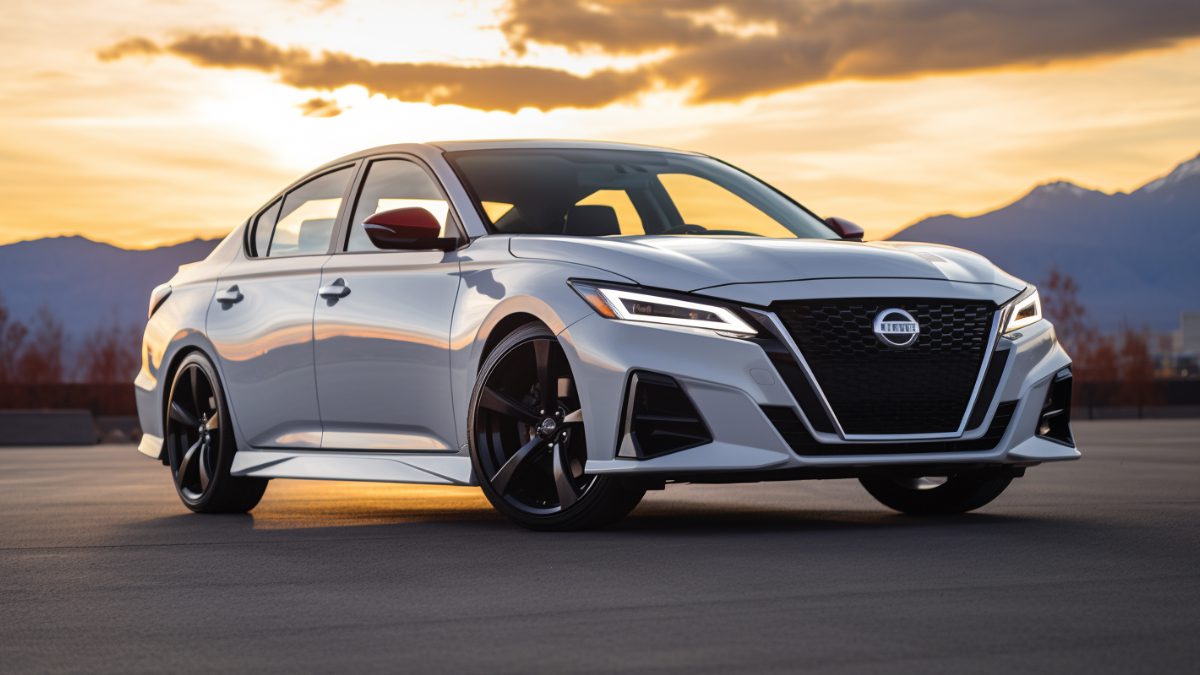Brake And Battery Light On: Nissan Maxima, Altima, Murano, Sentra Etc
For most Nissan owners, mostly the Maxima, Altima, Murano, and Sentra, brake and battery lights turning on simultaneously is common. Especially those with high-mileage cars. It is an issue that has seen many worried their car might break down on them.
So, why is the brake and battery light on? It is generally a sign of an underlying electrical problem. It’s either your car has;
- A faulty alternator
- Corroded battery terminals
- A low or dying battery
- Bad wiring
- Low brake fluid, etc.
If you have this problem, you need to troubleshoot each component to determine and fix the cause. In this guide, I will talk about the common reasons for the issue and will give potential solutions to them.
A Quick Overview Of The Possible Causes Of Brake And Battery Light On
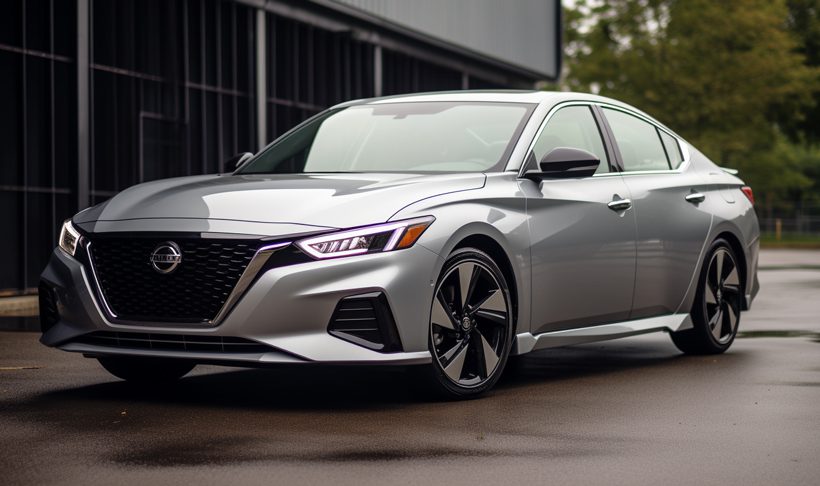
The table below summarizes the possible causes of the brake and battery light coming on and their solutions.
| Possible Cause | Solution |
|---|---|
| Faulty Alternator | Test and replace the alternator if faulty. |
| Corroded Battery Terminals | Disconnect the battery, clean terminals with baking soda paste and wire brush, and reconnect cables securely. |
| Low or Dying Battery | Test battery voltage. Replace the battery if the voltage is below 12.0 volts. |
| Bad Wiring | Inspect wiring harness, clean and secure connections, check fuses and alternator, test for shorts, and seek auto electrician if needed. |
| Low Brake Fluid | Refill the fluid level to the maximum mark on the reservoir and inspect for any leaks that are causing the fluid loss. |
What Are The Common Causes Of Brake And Battery Light On?
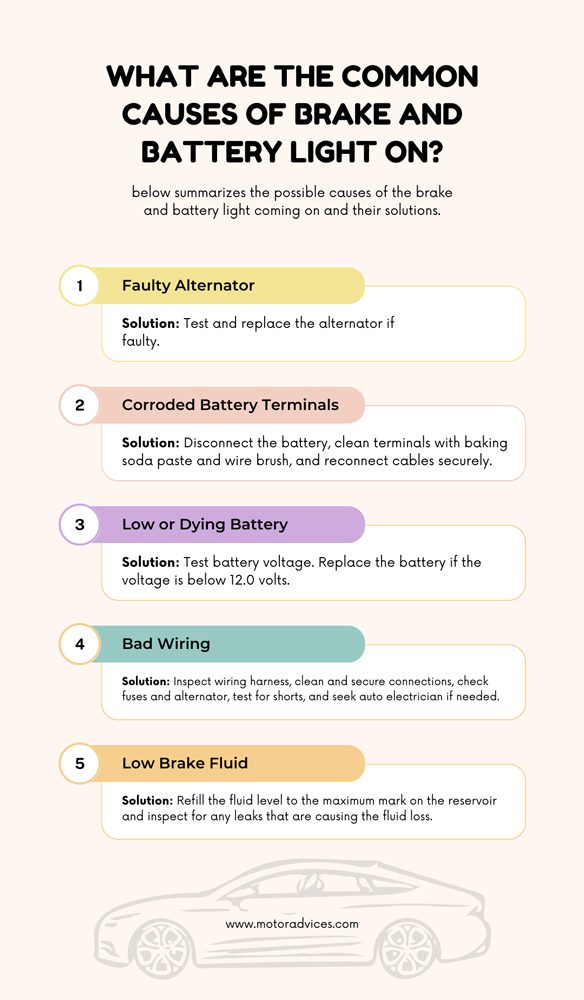
All the warning lights in your car try to communicate to you when there is an issue. So, what is the brake and battery light trying to say? Let’s learn the reasons in detail.
Faulty Alternator
A faulty alternator is the #1 cause of brake and battery lights coming on in various Nissan models. The alternator is responsible for charging the battery and powering the electrical systems when the engine runs.
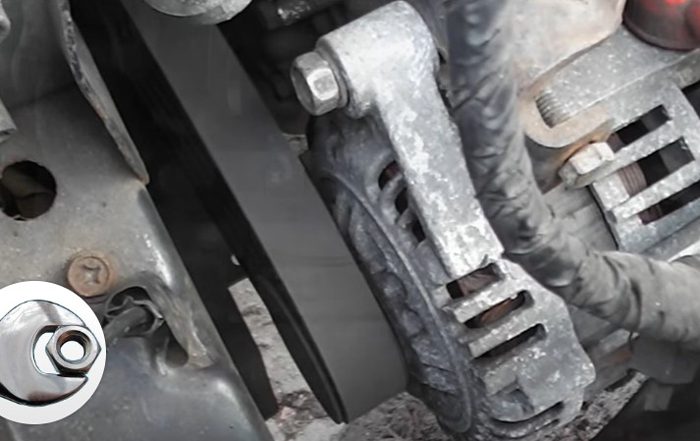
However, when an alternator begins to fail, it no longer provides adequate voltage to keep the battery fully charged. As a result, the battery begins to drain and loses power over time.
This triggers the battery light to come on, indicating insufficient voltage from the charging system to power the car.
At the same time, a weak battery may strain to provide power to critical systems like the brakes, illuminating the brake light as well. While a bad alternator is an expensive investment, left unaddressed, it will completely drain the battery and can leave the driver stranded. Some signs of a bad or failing alternator include:
- Battery warning light on the dash illuminates
- Dimming or flickering lights when the engine is running
- Battery dies quickly after shutting off the engine
- Whining, clicking, or grinding noises from the alternator
- The voltage gauge fluctuates up and down instead of having a steady reading
- Engine cranking slowly when starting
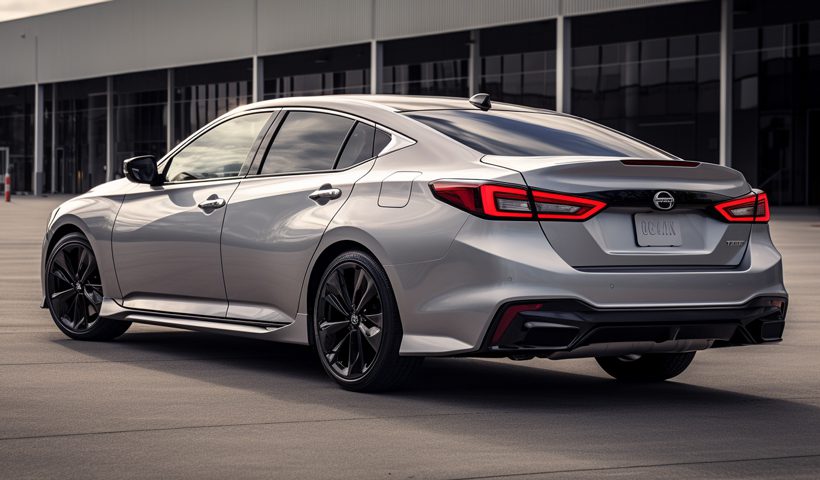
Solution:
You need to test and replace the alternator if found faulty. To do so, follow the steps below.
- Check the battery voltage with the engine off; it should be around 12.6V.
- Start the engine, turn on accessories, and check the battery voltage again. A good alternator should charge the battery to 13.5-14.5V.
- If the battery voltage decreases instead of increasing, measure the alternator output voltage directly.
- You need to find a way to connect the multimeter negative probe to the alternator body and the red to the positive terminal. If you get a reading below 12.5V, it means the alternator is faulty.
- Check that the alternator gets the turn-on signal from the vehicle while running. The alternator will not charge properly if it’s not receiving the signal.
Here is a video demonstrating how to test an alternator yourself:
Corroded Battery Terminals
Over time, as a battery is used, corrosion builds up on the battery terminals. This corrosion creates resistance in the connections, reducing the flow of electricity from the battery. As more corrosion accumulates, it takes more current to operate the various electrical systems in the vehicle, placing a higher demand on the battery.
When this demand exceeds the battery’s ability to provide power smoothly, the voltage fluctuates or drops below the threshold needed to properly operate car electrical components. The system will read this as a problem and light up the battery light.
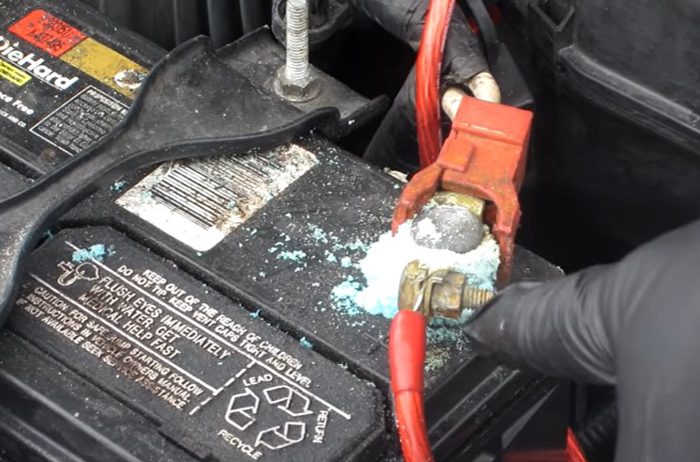
Solution:
- Disconnect the battery cables. Start with the negative cable, then disconnect the positive cable to prevent any accidental sparks.
- Apply baking soda and water paste to the terminals to neutralize the acid in the corrosion and make it easy to clean.
- Scrub the terminals using a wire brush, rinse them with water, and dry them with a clean cloth.
Low or Dying Battery
A common reason the battery light may come on is a low or dying car battery. Over time, batteries tend to lose their ability to hold a full charge as the internal chemical components break down.
That reduces the voltage output of the battery. That may cause it to dip below the minimum threshold needed to run the car and all its electrical systems smoothly.
Some warning signs of a weak battery include difficulty starting the car and slowed cranking speed. You may also experience intermittent electrical issues and, of course, the illumination of the battery light.
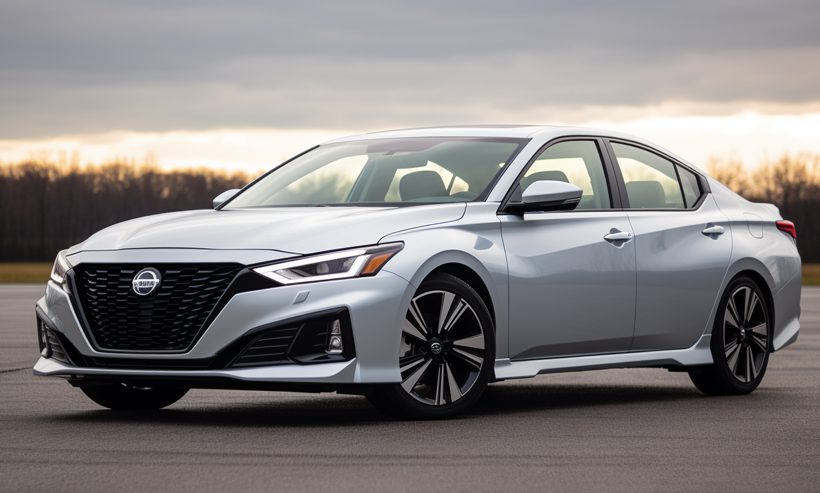
Solution:
- Test the battery voltage. With the engine off, connect the multimeter. A good battery should read 12.0-12.9 volts –anything lower will indicate the battery is going bad and you need to replace it.
- Replacing the battery is easy. All you need is to disconnect the old battery. Start with the negative battery terminal first, then the positive terminal. Connect the new battery but reverse the order.
Bad Wiring
If the battery and the alternator are okay, you have bad electrical wiring or blown fuses. Poor or loose wiring connections between the alternator and battery can disrupt the proper charging of the battery.
The alternator relies on signaling wires to communicate that it is charging the battery effectively. If these wires or their connectors are damaged, corroded, or loose, they may not be signaling to the car’s computer that the alternator is working correctly.
As a result, the computer will assume the battery is not being charged and trigger both lights to come on as a warning.
Other wiring issues like shorts, corrosion, or damage anywhere in the charging system circuit can have similar effects. This presents a dangerous situation. It indicates the car may not be producing or storing enough electrical power to operate critical brake systems or other electrical components.
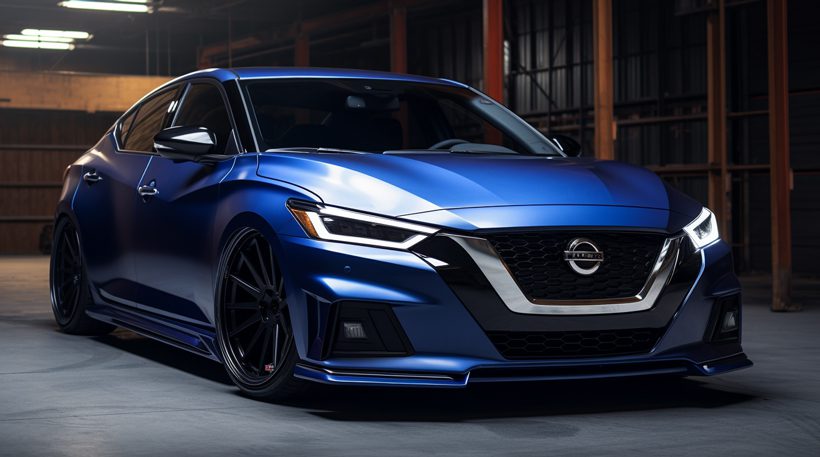
Solution:
- Inspect the wiring harness between the alternator and battery for cuts, cracks, corrosion, or chafing. Repair or replace damaged sections.
- Check all wiring connections are clean and tight. Re-crimp or replace terminals if corroded. Apply dielectric grease to prevent future corrosion.
- Test voltage drops across key connections with the engine running. More than 0.5V drop could indicate high resistance due to poor connection.
- Check the charging system fuses and alternator are intact. Use a test lamp to check their integrity. Replace any blown fuses and address the root cause.
- Use a multimeter to test for shorts between live wires and the ground. Trace the route and fix any exposed or pinched wiring causing short.
- Take the vehicle for diagnostic testing by an auto electrician if lights remain after inspecting the wiring. You may require ECU reprogramming if the battery was drained below safe voltage.
Low Brake Fluid Level
Another common cause of the brake and battery lights coming on in various Nissan models. The brake master cylinder features a sensor that monitors the brake fluid level. When the fluid level drops below the recommended level, the sensor engages the brake light to warn you.
Low fluid could indicate you have a leak either in the brake lines or the brake calipers. Typically, you will feel the brake become spongy, or the brake pedal goes to the flow. The braking power will also reduce progressively.
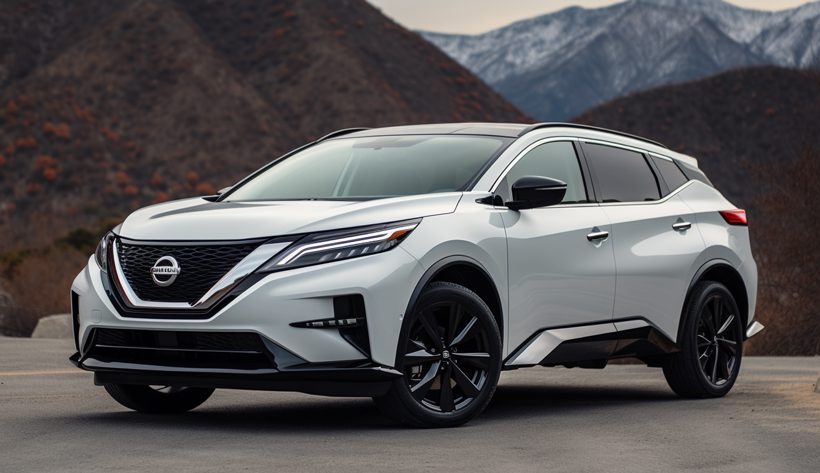
Solution:
- Start by checking the fluid level in the brake reservoir. On the side, there are markings that show the allowable minimum and maximum levels. So, the ideal level is in between the two marks.
- When refilling the reservoir, ensure you use the specified type of brake fluid on the cap. Clean the area before opening it and add the fluid to the mark. Avoid overfilling it.
- Do not forget to inspect the brake lines for leaks or cracks that may have caused the brake fluid loss. If nothing is there, check the calipers and the wheel drum for wetness. If you find any issues, replace the leaking parts.
Frequently Asked Questions (FAQs)
While the guide above covers everything you need to fix the brake and battery light ON problem, you may still have some burning questions that need answers. Here are some of the most common questions related to the topic:
Yes, if you buy a high-end quality alternator from a reputable dealer. So, the lifetime warranty will depend on where you buy it from.
It’s quite a common issue reported under electrical system problems. Some of the Nissan models, including Maxima, Altima, Murano, and Sentra, have been recalled due to the problem.
Conclusion
When the brake and battery lights illuminate in Nissan vehicles, it signals an electrical issue that requires attention. To determine the cause of the warning lights, you need to troubleshoot by testing the various components of the charging system.
If the problem persists after troubleshooting, you should have a professional examine the car’s electrical system. Taking prompt action avoids complete electrical failure and keeps safety features like the brakes functioning properly. Resolving common issues like these independently can prevent costly repairs later on.

